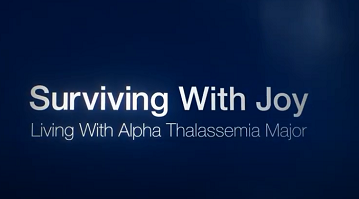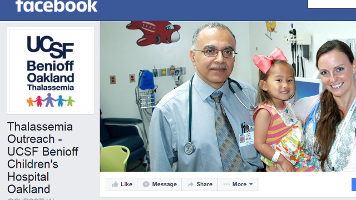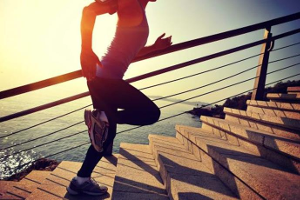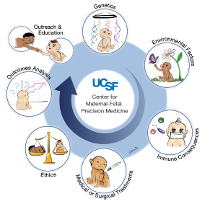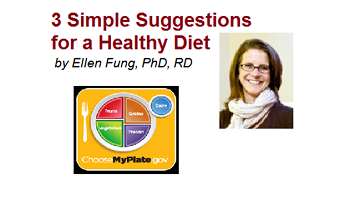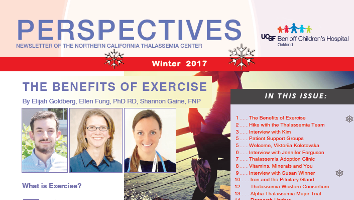Talking Nutrition with Connie Schroepfer, MS, RD
December 2016

Connie Schroepfer, MS, RD
These questions were directly from families who have a child with thalassemia. They were collected by Wendy Murphy and the interview was conducted by Jin Mei.
Perspectives: When do we have to focus on foods that are high in iron? Should we avoid them and at what age?
Connie Schroepfer: It depends on whether or not the child or adult is on routine transfusions. For those who are not receiving transfusions, a low iron diet is recommended. When a person is anemic, they will be much more efficient in absorbing iron. For transfusion dependent, there are just a few usual recommendations: avoid iron fortified foods, e.g. most ready to eat cereals, limit high vitamin C sources at meals. For both groups it is important to choose a multivitamin that doesn’t contain iron, and to take it away from meals as it contains vitamin C which enhances the absorption of iron from food.
Q: What about homeopathic supplements for children with thalassemia? Any restrictions or recommendations?
C: My advice is to speak with the medical team about your interest in homeopathic supplements since they may contain unknown or harmful substances.
Q: How important is a specific diet for children with thalassemia?
C:
Q: Suggestions for "picky eaters" who generally like sweets and junk food such as pizza & French fries. How can I get my child to eat more healthy food?
C: Pizza and French fries are not everyday food but can be given on occasions. Pizza and French fries and some sweets may have a place in the child’s diet, but not to the exclusion of other foods. Tell the child those are “not everyday foods, they are sometimes foods”. It is the parent’s job to present the food. The child decides whether or not or how much of the food they will eat. Parent’s lead by example in eating a variety of food, and presenting this variety to the child along with some of the food a child will usually accept. The mantra I use is, “make new usual”.
Parents should not force or pressure the child as it will create negative eating habits in the future. Meal time should be enjoyable which is why I think kids enjoy pizza and French fries since these foods are associated with having a good time.
One way to get kids to try new food is having them connect the idea of learning new things at school to trying new foods at home. Have the child participate in age appropriate meal preparation and grocery shopping. Another idea is doing a “science experiment” where the child is involved in tasting the different kinds of food. For example, buying three different brands of apples and have the child conduct an “experiment” to see which brand they like the best. Finally, framing the question is also important. Rather than giving the child a multitude of options for lunch, simply ask if they want their sandwich in a square or a triangle. By limiting the choices to just a variation of the desired food, the child will have a buy-in when they choose one of the options.
Q: Is there a caloric target for catch up growth?
C: Usually it depends on the age but to generalize, I would take the usual caloric intake of the child and add 200-300 more calories into their diet. (For a more detailed explanation of the math, see a registered dietitian). A registered dietitian may be helpful in advising ways to increase the child’s caloric intake.
Q: Anything we should eat/avoid to help inhibit iron absorption? Such as milk, Vitamin C, etc.?
C: I think it is important for kids, especially children to consume milk because not only does the calcium in milk inhibit iron absorption, it also provides the calcium, fat and calories that the child may be lacking for growth. Another recommendation is to drink tea with meals since it reduces iron absorption. However, I would prefer the kids to drink the milk first before the tea with the benefits stated above.

